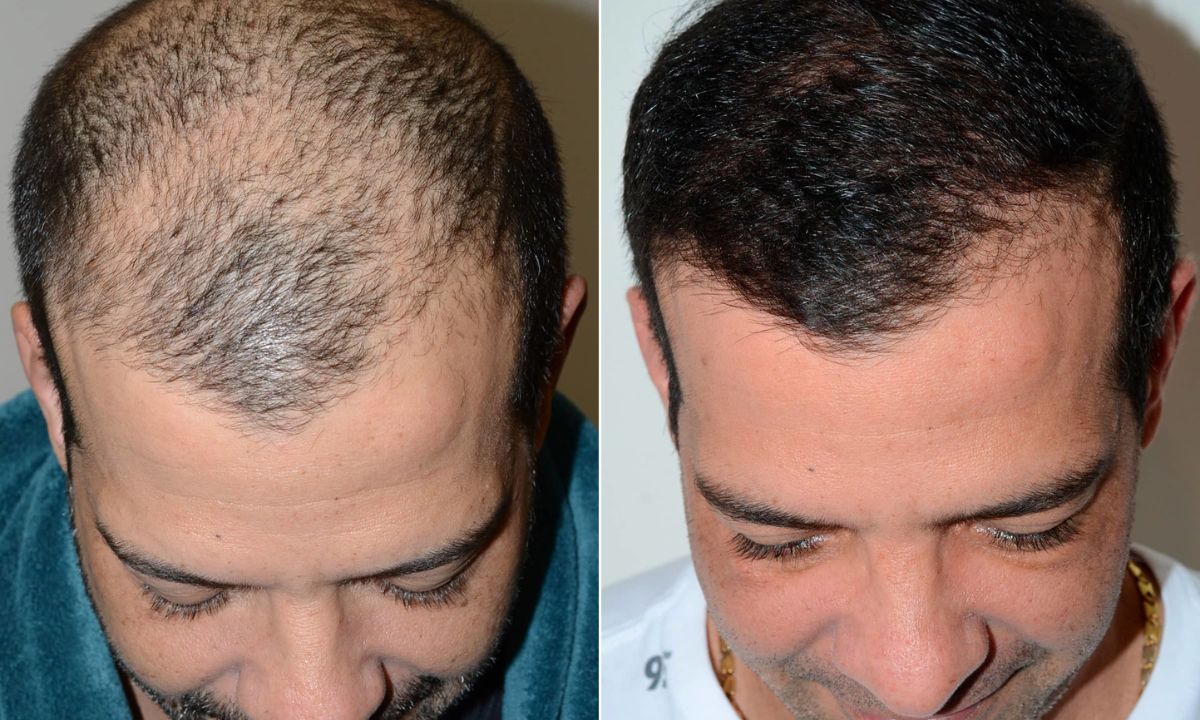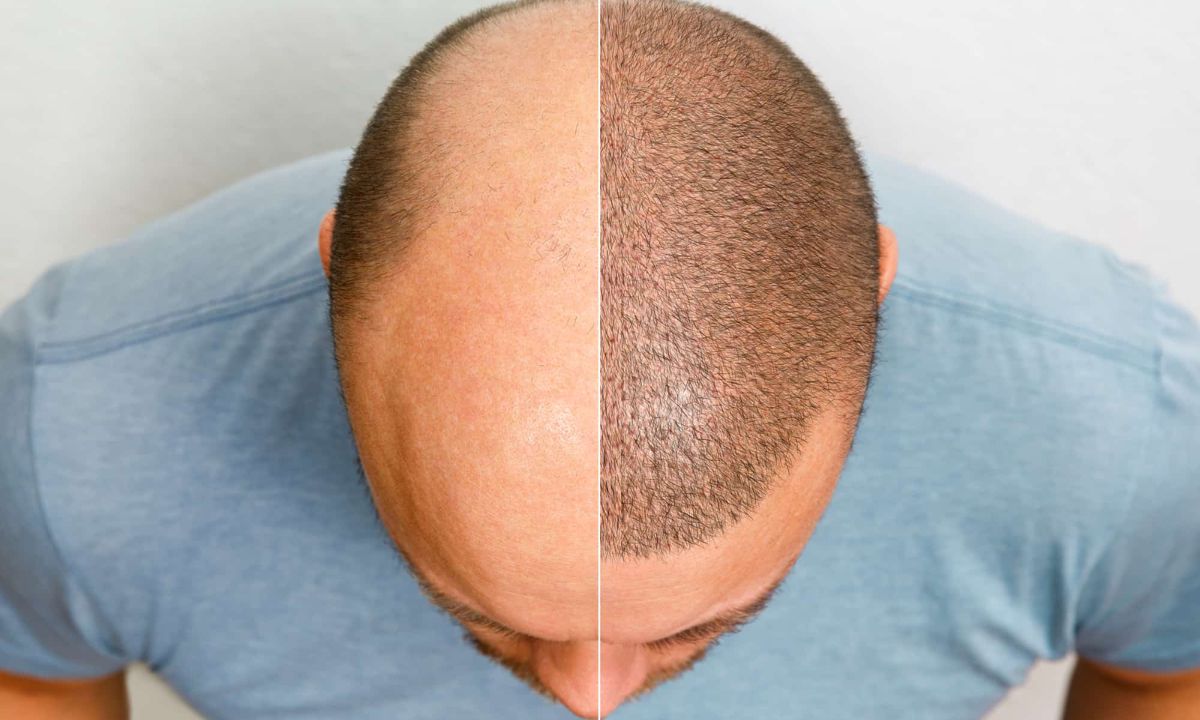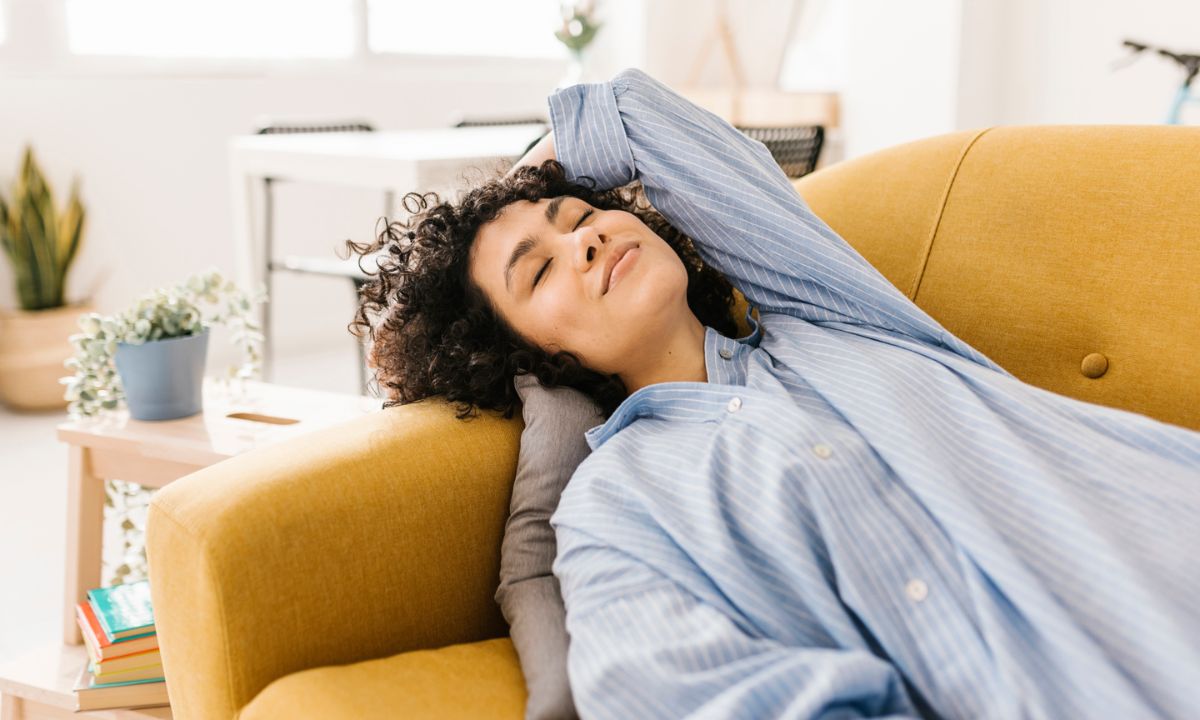Sleep is an essential part of our daily routine, aiding in physical and mental rejuvenation. Following a hair transplant, it is crucial to understand when you can resume your normal sleep routine. This informative article delves into the post-transplant healing process, providing evidence-based guidelines on adjusting your sleeping position and tips for a comfortable night’s sleep during recovery. Discover the optimal timeframe for safely resuming your regular sleep routine and learn how to maintain healthy sleep habits for long-term results.
Key Takeaways
- Quality and duration of sleep are crucial for the healing process after a hair transplant.
- Sleeping with the head elevated and on the back promotes blood circulation and reduces swelling.
- Avoid sleeping on the side or stomach to prevent disruption of the healing process and potential damage to hair follicles.
- Choosing a soft pillow and creating a sleep-friendly environment contribute to comfortable sleep and optimal healing.
Post-Transplant Sleep: The First Few Days
During the initial recovery period following a hair transplant, the quality and duration of sleep play a crucial role in the healing process. My Hair After Coloring Adequate sleep is essential for the body to repair and regenerate tissues, including the newly transplanted hair follicles. It is recommended to sleep in an elevated position for the first few nights after the procedure to minimize swelling and promote blood circulation.
Sleeping on the back can prevent any accidental contact or friction on the transplanted area. It is important to avoid sleeping on the stomach or sides during this time. Understanding the importance of proper sleep in the healing process, it is necessary to follow specific sleep guidelines to ensure successful hair transplant recovery.
Understanding the Healing Process: Sleep Guidelines
Proper adherence to sleep guidelines is crucial in promoting a successful healing process after a hair transplant. After the procedure, it is important to follow specific guidelines to ensure optimal healing and the best possible results. Here are some sleep guidelines to consider:
- Sleep with your head elevated: Elevating your head while sleeping helps reduce swelling and promotes better blood circulation to the scalp.
- Sleep on your back: Sleeping on your back minimizes pressure on the transplanted area and prevents accidental rubbing or dislodging of the grafts.
- Avoid sleeping on your side or stomach: These sleeping positions can put unnecessary pressure on the transplanted area and disrupt the healing process.
Adjusting Your Sleeping Position After a Hair Transplant
To minimize the risk of damaging the transplanted hair follicles, it is advisable to avoid sleeping on your stomach or sides. Sleeping on your stomach or sides can put pressure on the transplanted area, potentially causing the grafts to shift or become dislodged. Instead, it is recommended to sleep on your back with your head slightly elevated.
This sleeping position helps to promote proper blood flow to the scalp and reduces the risk of friction or compression on the newly transplanted hair follicles. Using a travel pillow or a rolled-up towel to support your neck and keep your head elevated can provide further comfort and support during the healing process. Transitioning into the subsequent section, here are some tips for a comfortable night’s sleep during recovery.
Tips for a Comfortable Night’s Sleep During Recovery
Ensuring adequate comfort is essential for a restful night’s sleep during the recovery period after a hair transplant. Here are some tips to help you achieve a comfortable night’s sleep:
- Choose the right pillow: Opt for a soft pillow that provides support for your head and neck without putting pressure on the transplanted area.
- Sleep in an elevated position: Prop yourself up with pillows to keep your head elevated while sleeping. This helps reduce swelling and promotes proper blood circulation.
- Avoid sleeping on your stomach or sides: Sleeping on your back is the best position during the recovery period to prevent any pressure or friction on the newly transplanted hair follicles.
When Can You Safely Resume Your Normal Sleep Routine
Gradually, you can comfortably resume your normal sleep routine after a hair transplant. While it is important to follow post-operative instructions for the first few days to ensure proper healing, there is no specific timeframe for when you can safely return to your usual sleep patterns. However, it is recommended to avoid sleeping on your stomach or directly on the transplanted area for the first week or two to prevent any potential damage.
It is also advised to use a soft pillow and sleep in a slightly elevated position to minimize any swelling or discomfort. Remember, everyone’s healing process is different, so listen to your body and make adjustments as needed. Now, let’s explore how maintaining healthy sleep habits can contribute to long-term results.
Maintaining Healthy Sleep Habits for Long-Term Results
For optimal long-term results, it is essential to consistently maintain healthy sleep habits after a hair transplant. Adequate sleep plays a crucial role in the body’s healing process and promotes the growth of transplanted hair. Here are some tips to help you maintain healthy sleep habits:
- Follow a regular sleep schedule: Establish a consistent sleep routine by going to bed and waking up at the same time every day, even on weekends.
- Create a sleep-friendly environment: Make sure your bedroom is dark, quiet, and at a comfortable temperature.
- Practice good sleep hygiene: Avoid stimulating activities before bed, limit caffeine intake, and create a relaxing bedtime routine.
FAQ’s
Can I Sleep on My Side Immediately After a Hair Transplant?
Sleeping on your side immediately after a hair transplant is not recommended. It is important to follow post-operative instructions provided by your surgeon to ensure proper healing and avoid any potential damage to the transplanted hair follicles.
How Long Should I Avoid Sleeping on My Back After a Hair Transplant?
It is important to avoid sleeping on your back for the first few days after a hair transplant to prevent any pressure on the newly transplanted hair follicles. Consult your surgeon for specific guidelines.
Is It Safe to Use a Pillow After a Hair Transplant?
Using a pillow after a hair transplant is generally safe, but it is important to follow the post-operative instructions provided by your surgeon. These instructions may include specific guidelines for sleeping positions and pillow usage.
Can I Wear a Sleep Mask During the Recovery Period?
During the recovery period after a hair transplant, it is generally advisable to avoid wearing a sleep mask. This is because the pressure exerted by the mask could potentially disrupt the healing process and affect the grafts.
Should I Avoid Sleeping With a Partner After a Hair Transplant?
It is generally recommended to avoid sleeping with a partner for the first few nights after a hair transplant. This is to ensure that the newly transplanted hair follicles are not disturbed or damaged during sleep.
Conclusion
In conclusion, achieving a successful hair transplant requires careful post-operative care, including adjusting your sleeping position and following sleep guidelines. While it may be uncomfortable to sleep in certain positions initially, it is necessary to ensure proper healing and optimal results. By maintaining healthy sleep habits and gradually returning to your normal sleep routine, you can enjoy the long-term benefits of your hair transplant. Remember, patience and adherence to the guidelines provided by your surgeon are key to a successful recovery.











